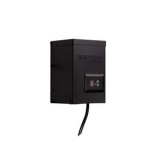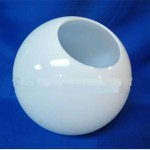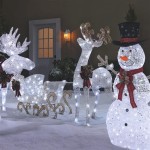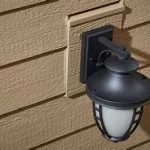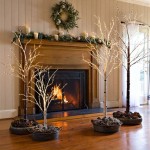Essential Aspects of Choosing the Right Bulb for Outdoor Lighting
When selecting bulbs for outdoor lighting, several key factors play a crucial role in ensuring optimal performance, energy efficiency, and ambiance. To make an informed decision, consider the following essential aspects.
1. Lumen Output
Lumen output measures the brightness of a bulb. For outdoor lighting, higher lumen output is generally preferred for illuminating larger areas or enhancing security. Consider factors such as the size of the space, the distance between light fixtures, and the desired level of illumination when determining the appropriate lumen level.
2. Color Temperature
Color temperature refers to the shade of light emitted by a bulb. The Kelvin (K) scale is used to measure color temperature, with warmer tones having lower Kelvin values (below 3000K) and cooler tones having higher Kelvin values (above 4000K). For outdoor lighting, amber or warm white bulbs (2700K-3000K) are often used to create a welcoming and cozy atmosphere, while cooler white bulbs (4000K-5000K) provide improved visibility and alertness.
3. Bulb Type
There are several types of bulbs available for outdoor lighting, including incandescent, halogen, fluorescent, LED, and solar. Each type has its own advantages and disadvantages, such as energy efficiency, lifespan, and cost. LED bulbs are a popular choice due to their exceptional energy efficiency, long lifespan, and durability.
4. Weather Resistance
Outdoor lighting fixtures and bulbs should be rated for outdoor use to withstand harsh weather conditions such as rain, snow, and high temperatures. Look for bulbs with an IP rating, which indicates their level of protection against ingress of water and dust.
5. Dimmability
Dimmable bulbs offer the flexibility to adjust the brightness of your outdoor lighting to create different ambiances or accommodate varying needs. Consider dimmable bulbs if you want the ability to dim the lights for a softer, more inviting atmosphere or to conserve energy when full brightness is not required.
6. Special Features
Some outdoor light bulbs offer additional features such as motion detection, daylight sensors, and remote control capabilities. Motion detection bulbs automatically turn on when movement is detected, enhancing security and convenience. Daylight sensors automatically adjust the brightness of the bulb based on the ambient light level, saving energy and ensuring optimal illumination.
Conclusion
Choosing the right type of bulb for outdoor lighting is essential to achieve the desired ambiance, visibility, and energy efficiency. By considering factors such as lumen output, color temperature, bulb type, weather resistance, dimmability, and special features, you can make an informed decision that meets your specific needs and enhances the functionality and beauty of your outdoor space.

Landscape Lighting Installation Companies Types Of Light Bulbs For Outdoor Orlando Florida Palmer Electric Company

Everything To Know About Bulbs For Landscape Lighting

Best Outdoor Lighting Bulbs Of 2024

Indoor And Outdoor Light Bulbs Pacific Lamp Supply Company

12 Types Of Street Light Bulb For Any Outdoor Lighting Illumination Heisolar

What Is The Best Led Color Temperature For Outdoor Lighting

How To Choose The Best Outdoor String Lights

Outdoor Light Bulbs Yard Envy

Choose The Best Color Temperature For Your Outdoor Lighting Knowledge Base Super Bright Leds

9 Best Light Bulbs For Outdoor Fixture In 2024
Related Posts
